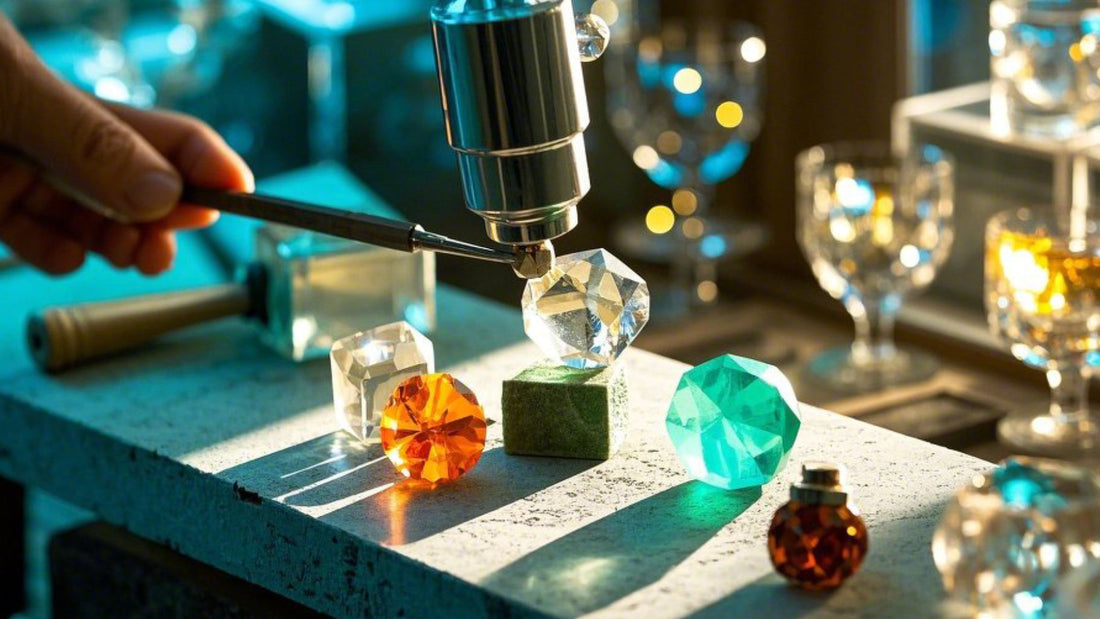
The Art and Craftsmanship Behind Crystal Bead Creation
The Art and Craftsmanship Behind Crystal Bead Creation
Crystal beads have been cherished for centuries, not only for their beauty but also for their perceived metaphysical properties. The journey from raw crystal to a polished bead is a meticulous process that combines both art and science. Here's an in-depth look into how these captivating beads are crafted:
1. Selection of Raw Materials
The process begins with the careful selection of high-quality crystal rough. Artisans seek materials that are free from significant inclusions or fractures to ensure the durability and clarity of the final product.
2. Cutting
Once the raw crystals are selected, they are cut into manageable pieces using specialized saws. This step requires precision to maximize yield and determine the optimal orientation for the bead's eventual shape.
3. Shaping
The cut pieces are then shaped into rough bead forms. This is typically done using grinding wheels or other abrasive tools to achieve the desired size and contour. The aim is to create a uniform shape while minimizing material loss.
4. Drilling
After achieving the desired shape, a hole is drilled through each bead to allow for stringing. This step demands accuracy to ensure the hole is centered and does not compromise the bead's structural integrity.
5. Polishing
The beads undergo a polishing process to enhance their luster and smoothness. This can involve multiple stages, starting with coarser abrasives and progressing to finer ones, resulting in a polished, reflective surface.
6. Quality Control
The final stage involves a thorough inspection of each bead. Artisans check for consistency in size, shape, and finish, ensuring that only beads meeting stringent quality standards are selected for use in jewelry or other decorative items.
This intricate process transforms raw crystals into the beautiful beads that adorn various pieces of jewelry, reflecting the skill and dedication of the artisans involved.
